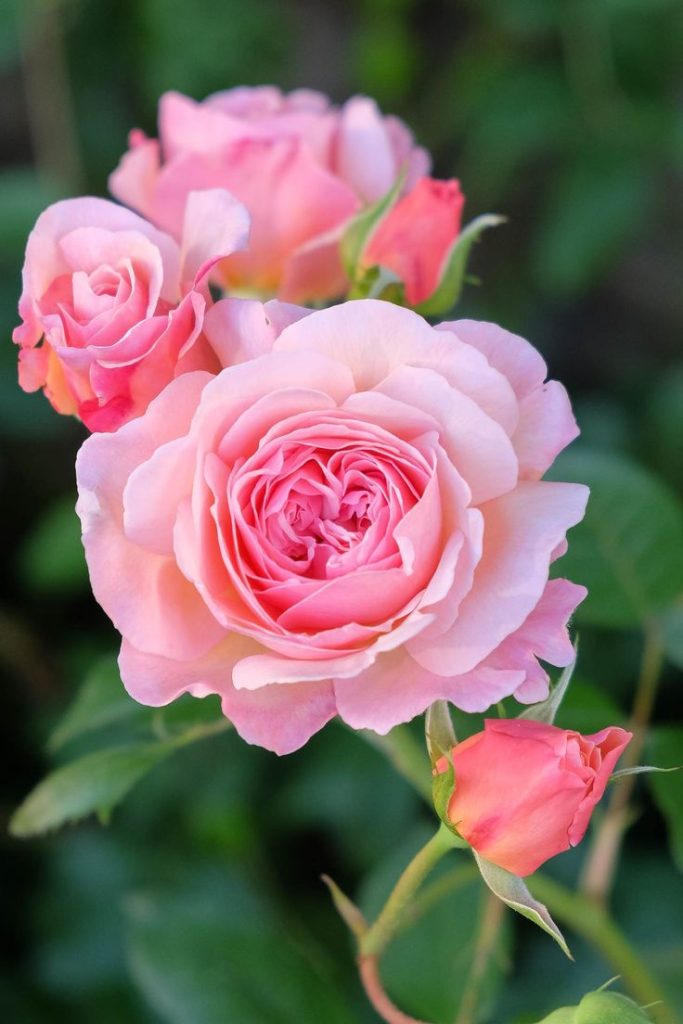Harnessing Companion Planting for Natural Pest Control
Companion planting is a gardening technique that involves strategically planting different crops together to enhance growth, repel pests, attract beneficial insects, and maximize yields. By harnessing the power of plant relationships, you can create a natural ecosystem that reduces the need for chemical pesticides and fosters a healthy garden environment. Here’s how to utilize companion planting for effective pest control:









1. Select Companion Plants Wisely
- Beneficial Insect Attractors: Choose companion plants that attract beneficial insects such as ladybugs, lacewings, and predatory wasps. These insects prey on common garden pests like aphids, caterpillars, and mites, helping to keep pest populations in check.
- Natural Repellents: Incorporate plants with natural repellent properties that deter pests through their scent or chemical compounds. Examples include aromatic herbs like basil, mint, and rosemary, as well as flowers like marigolds and nasturtiums.
2. Create Plant Guilds
- Complementary Plant Pairings: Pair pest-prone plants with companion plants that offer natural protection or camouflage. For example, interplanting onions, garlic, or chives with susceptible crops like tomatoes or lettuce can deter pests with their strong odor.
- Trap Crops: Plant trap crops that attract pests away from valuable crops, serving as sacrificial plants. For instance, planting radishes or nasturtiums near brassicas can attract flea beetles away from cabbage and broccoli.
3. Utilize Succession Planting
- Continuous Planting: Practice succession planting to maintain a diverse mix of companion plants throughout the growing season. As one crop matures or is harvested, replant the space with complementary companions to provide ongoing pest control benefits.
- Interplanting and Intercropping: Mix different companion plants within the same garden bed or between rows to create a diverse and dynamic garden ecosystem. This diversity disrupts pest patterns and encourages beneficial insect habitat.
4. Implement Companion Planting Strategies
- Three Sisters Gardening: Emulate the Native American “Three Sisters” gardening technique by planting corn, beans, and squash together. Corn provides a trellis for beans, beans fix nitrogen for corn, and squash shades the soil to suppress weeds and deter pests.
- Herb-Companion Planting: Integrate aromatic herbs throughout the garden to repel pests and attract beneficial insects. Planting dill near tomatoes can attract predatory insects that feed on tomato hornworms, while sage can deter cabbage moths when planted near brassicas.
5. Observe and Adapt
- Monitor Pest Populations: Regularly inspect plants for signs of pest damage and monitor pest populations throughout the growing season. Use handpicking or physical removal methods for small infestations, and employ companion planting as a preventive measure.
- Adapt and Experiment: Experiment with different companion plant combinations and observe their effects on pest control and plant health. Keep a garden journal to track successes and failures and refine your companion planting strategies over time.
Conclusion
Companion planting offers a natural and sustainable approach to pest control that harnesses the power of plant relationships and biodiversity. By selecting companion plants wisely, creating plant guilds, utilizing succession planting, implementing companion planting strategies, and observing and adapting to garden dynamics, you can effectively manage pests while promoting a healthy and balanced garden ecosystem. Embrace the diversity of nature and enjoy the benefits of companion planting for bountiful harvests and thriving gardens.
FAQs (Frequently Asked Questions)
- Can companion planting completely eliminate the need for pesticides?
- While companion planting can significantly reduce pest pressure and minimize the need for chemical pesticides, it may not completely eliminate pest problems in all cases. Integrated pest management (IPM) practices, including cultural controls, biological controls, and targeted pesticide applications, may still be necessary for effective pest management.
- Are there any plants that should not be planted together as companions?
- Some plants may exhibit allelopathic effects or compete for resources when planted together. It’s important to research companion planting combinations and consider factors such as plant compatibility, growth habits, and nutrient requirements when planning your garden layout.